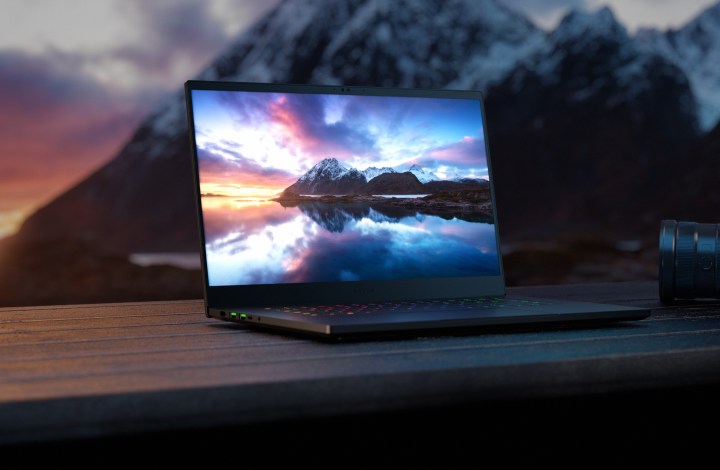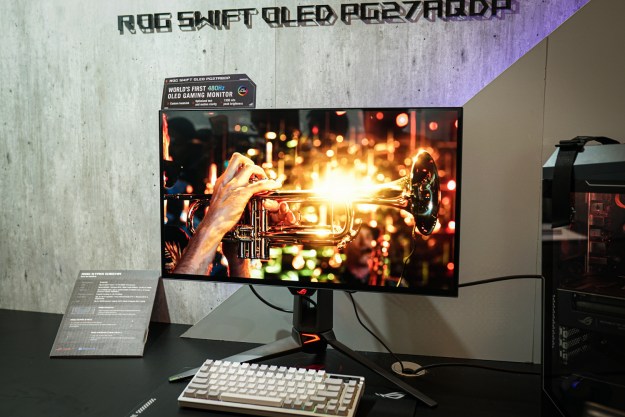Razer has just announced a new update to the Razer Blade 15, and this time around, it comes with a truly exciting change: A 240Hz OLED display.
OLED isn’t new to

On top of being a world-first when it comes to gaming laptop screens, the Blade arrives with top-notch specs that should make gaming on the go a breeze.
Although the new Razer Blade 15 will sport some high-end specs, the most eye-catching feature is undoubtedly going to be the bright, ultra-fast, and innovative screen. The 15-inch laptop comes with an OLED display combined with a 240Hz refresh rate, marking a first for laptop gamers.
The company promises to deliver the brightness we’d expect from an OLED display, rated at a typical 400 nits, as well as vivid color accuracy with up to 100% DCI-P3 colors. We won’t know for sure until we see it, but these display specs should make the new Blade suitable for all kinds of gaming, be it story-driven, visual RPGs, or fast-paced shooters. Similarly, it could prove to excel at photo and video editing as well as other tasks that require a top-quality display.
Why is an OLED display such a big deal? Well, those displays are not often found in gaming monitors just yet, let alone gaming laptops that also support a high refresh rate. Oftentimes, you’d be forced to choose between the superior visuals of OLED and the quick refresh rates you might want for your favorite games.
To date, not many

The screen sounds fantastic, but the insides of the Razer Blade 15 are promising, too. The laptop comes decked out with an Intel Core i9-12900H processor, which is undoubtedly one of the best processors right now. The CPU comes paired with an Nvidia GeForce RTX 3070 Ti graphics card.
Razer Blade 15 arrives with 32GB of DDR5 RAM. There’s also a 1TB SSD — and if that’s not enough, Razer includes an additional M.2 slot for when you want to get some extra space.
Much like the other Razer Blades, the components will be housed within a CNC-milled aluminum chassis. The notebook delivers in terms of connectivity, granting access to Thunderbolt 4, USB-C, USB-A, an HDMI port, and a full-sized SD card slot.
Exciting as it may be, the new Razer Blade 15 is not out just yet, so we can’t give you the full rundown on its performance. It’s set to hit the shelves in the fourth quarter of 2022. Unfortunately, it won’t come cheap: Razer set the MSRP at $3,500. This should come as no surprise, given both the premium display and the fact that Razer recently released the Razer Blade 17 which also has a steep price tag.
Editors' Recommendations
- Razer made the best gaming mouse even better
- I tested the three best 14-inch gaming laptops. There’s a clear winner
- 2 gaming laptops you should buy instead of the Razer Blade
- A comprehensive guide to buying a gaming laptop in 2024
- MSI and Asus just flipped the script for their OLED gaming monitors




